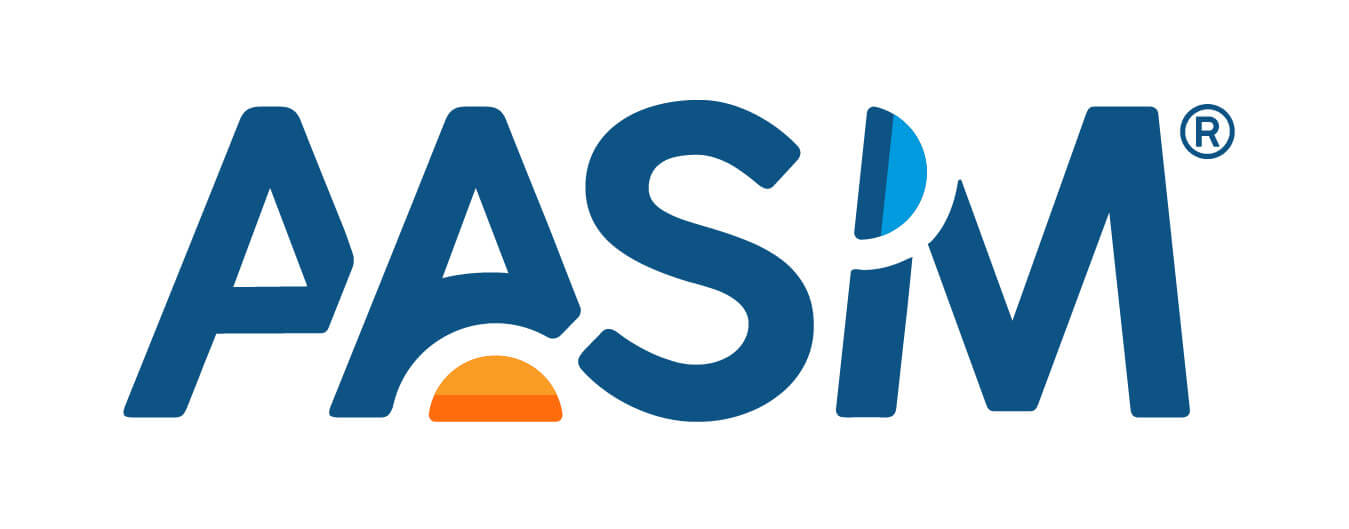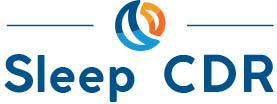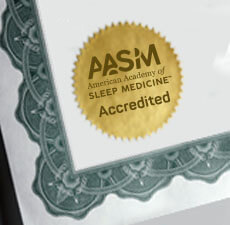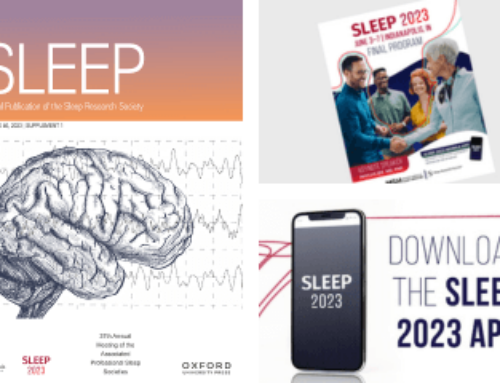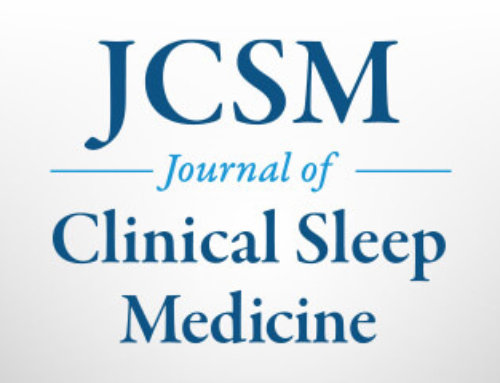WESTCHESTER, Ill. – The frequency of respiratory disturbances increases dramatically with age, even in healthy individuals without symptoms or signs of obstructive sleep apnea syndrome, according to a study published in the February 1 issue of the journal SLEEP.
An increase in the prevalence of sleep apnea syndrome with age has been well documented. This study focused on breathing irregularities during sleep in 163 people who are currently completely healthy, as assessed by passing numerous physical and clinical health tests. The results showed that, in this group of currently completely healthy individuals, irregularities in breathing during sleep are remarkably common, particularly in older individuals. For example, only around five percent of currently healthy subjects under 50 years of age had a respiratory disturbance index (RDI) of more than 15 events per hour. This degree of sleep-disordered breathing is considered to be clinically significant by many physicians. In contrast, about half of currently healthy subjects over 65 years of age had an RDI of more than 15 events per hour. Respiratory disturbances, therefore, increase dramatically with age even in healthy individuals without symptoms or signs of obstructive sleep apnea syndrome.
“There are still discussions among clinicians regarding the clinical significance of the different degrees of sleep disordered breathing. Also, there is discussion concerning the best criteria for defining breathing abnormalities, which can range from completely obstructed breath (i.e., choking – leading to reduced oxygen supply and life-saving arousals) to loud snoring that may, or may not, lead to reduced oxygen supply and arousal from sleep,” said Steven A. Shea, PhD, of Brigham & Women’s Hospital in Boston, Mass., senior author of the study. “In addition, there are few long-term studies of clinical outcome in patients with sleep apnea, and the criteria and the measuring techniques have evolved substantially over recent years. Thus, we do not yet know the clinical relevance of these new findings.”
Dr. Shea added that, since this high degree of respiratory abnormality is so common in the healthy elderly, it seems likely that this is a consequence of the normal aging process.
“Nonetheless, even if normal, we worry that individuals with a high RDI who are untreated will begin to develop pathophysiologic consequences over time, including increased risk of cardiovascular disease,” said Dr. Shea. “Thus, it may be worth considering treatment regardless of symptoms. A high RDI in a younger individual is much more uncommon and therapy would seem advisable in those cases, particularly as there is some evidence that having sleep apnea can lead to worsening of sleep apnea over time.”
Obstructive sleep apnea is a sleep-related breathing disorder that causes one’s body to stop breathing during sleep. It occurs when the tissue in the back of the throat collapses and blocks the airway, preventing air from getting into the lungs. About four percent of men and two percent of women have obstructive sleep apnea, and millions more remain undiagnosed.
Scientific evidence shows that continuous positive airway pressure (CPAP) is the best treatment for obstructive sleep apnea. CPAP provides a steady stream of pressurized air to patients through a mask that they wear during sleep. This airflow keeps the airway open, preventing the pauses in breathing that characterize sleep apnea and restoring normal oxygen levels. CPAP users often express dramatic improvements in how they feel. They are more alert, have more energy and are able to perform at higher levels for longer periods of time.
It is recommended that adults get between seven and eight hours of nightly sleep.
The American Academy of Sleep Medicine (AASM) offers the following tips on how to get a good night’s sleep:
- Follow a consistent bedtime routine.
- Establish a relaxing setting at bedtime.
- Get a full night’s sleep every night.
- Avoid foods or drinks that contain caffeine, as well as any medicine that has a stimulant, prior to bedtime.
- Do not bring your worries to bed with you.
- Do not go to bed hungry, but don’t eat a big meal before bedtime either.
- Avoid any rigorous exercise within six hours of your bedtime.
- Make your bedroom quiet, dark and a little bit cool.
- Get up at the same time every morning.
Those who suspect that they might be suffering from obstructive sleep apnea, or another sleep disorder, are encouraged to consult with their primary care physician or a sleep specialist.
SLEEP is the official journal of the Associated Professional Sleep Societies, LLC, a joint venture of the AASM and the Sleep Research Society.
More information about obstructive sleep apnea is available from the AASM at https://www.SleepEducation.com/Disorder.aspx?id=7.
For more information on CPAP, please visit www.SleepEducation.com/CPAPCentral. This Web site, created by the AASM, provides the public with comprehensive, accurate and reliable information about CPAP. CPAP Central includes expanded information about obstructive sleep apnea and CPAP, including how obstructive sleep apnea is diagnosed, the function of CPAP, the benefits of CPAP and an overview of what to expect when beginning CPAP therapy, the position of experts on CPAP and tools for success. CPAP Central also features an interactive slide set that educates the public about the warning signs of obstructive sleep apnea.
SleepEducation.com, a patient education Web site created by the AASM, provides information about various sleep disorders, the forms of treatment available, recent news on the topic of sleep, sleep studies that have been conducted and a listing of sleep facilities.
For a copy of this article, entitled, “Polysomnographic respiratory abnormalities in asymptomatic individuals,” or to arrange an interview with an AASM spokesperson regarding this study, please contact Jim Arcuri, public relations coordinator, at (708) 492-0930, ext. 9317, or jarcuri@aasm.org.
# # #
